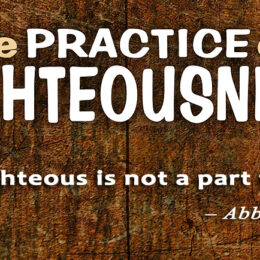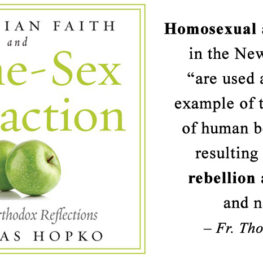The abolitionists’ lament is older than William Wilberforce—whose anti-slavery campaign brought transatlantic slavery to an end 200 years ago this month—but today 27 million people live on in captivity, their lives worth far less than any colonial era slave
World Magazine Priya Abraham February 24, 2007
Premila’s parents sold their daughter for $18 on her 18th birthday. The buyer, from hundreds of miles away, said his Indian village had no good women to marry so he had to buy a wife. He took Premila as a concubine, then sold her into 10 grinding years of prostitution in two cities before rescuers returned the shattered woman to her home.
Premila is a modern slave, one of 27 million in the world today. Two hundred years ago, slaves were relatively scarce, expensive, and publicly owned by men holding title deeds to them. Today, they are plentiful and cheap like Premila—and much harder to spot.
This week Western countries celebrate the life of William Wilberforce, the pioneering abolitionist who labored 20 years to end the British slave trade, a fight he won on Feb. 23, 1807. Today’s abolitionists are no less tenacious but find their work is different: Unlike in Wilberforce’s time, slavery is illegal almost everywhere. Yet modern slavery flourishes because corrupt governments and law enforcers do not enforce the law.



